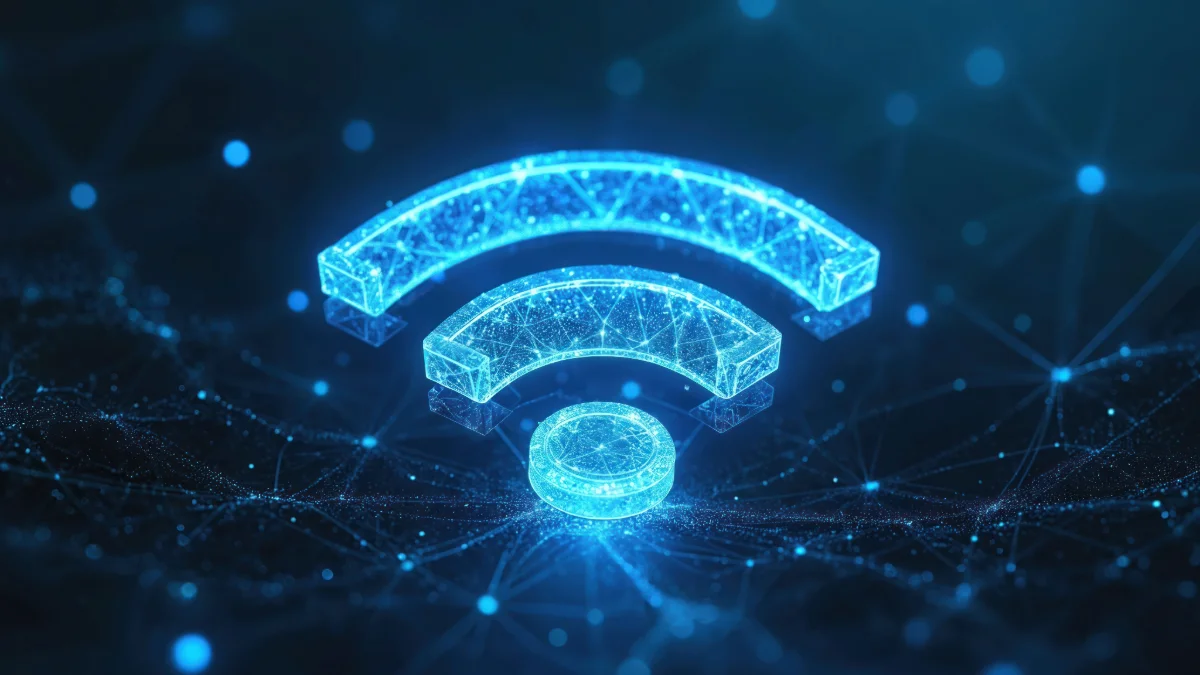
Popular SAP Modules
SAP is a comprehensive software system that manages enterprise business processes from a single platform. SAP modules automate core operations such as human resources, finance, cost management, sales, warehouse, and production, thereby increasing efficiency and reducing the risk of error. By integrating data from all departments, they accelerate internal information flow and provide managers with real-time decision support. As a result, businesses grow in a more planned, traceable, and strategic manner. In this article, we have compiled the most commonly used SAP modules and explored their functions and advantages for companies in detail.





